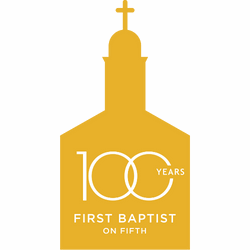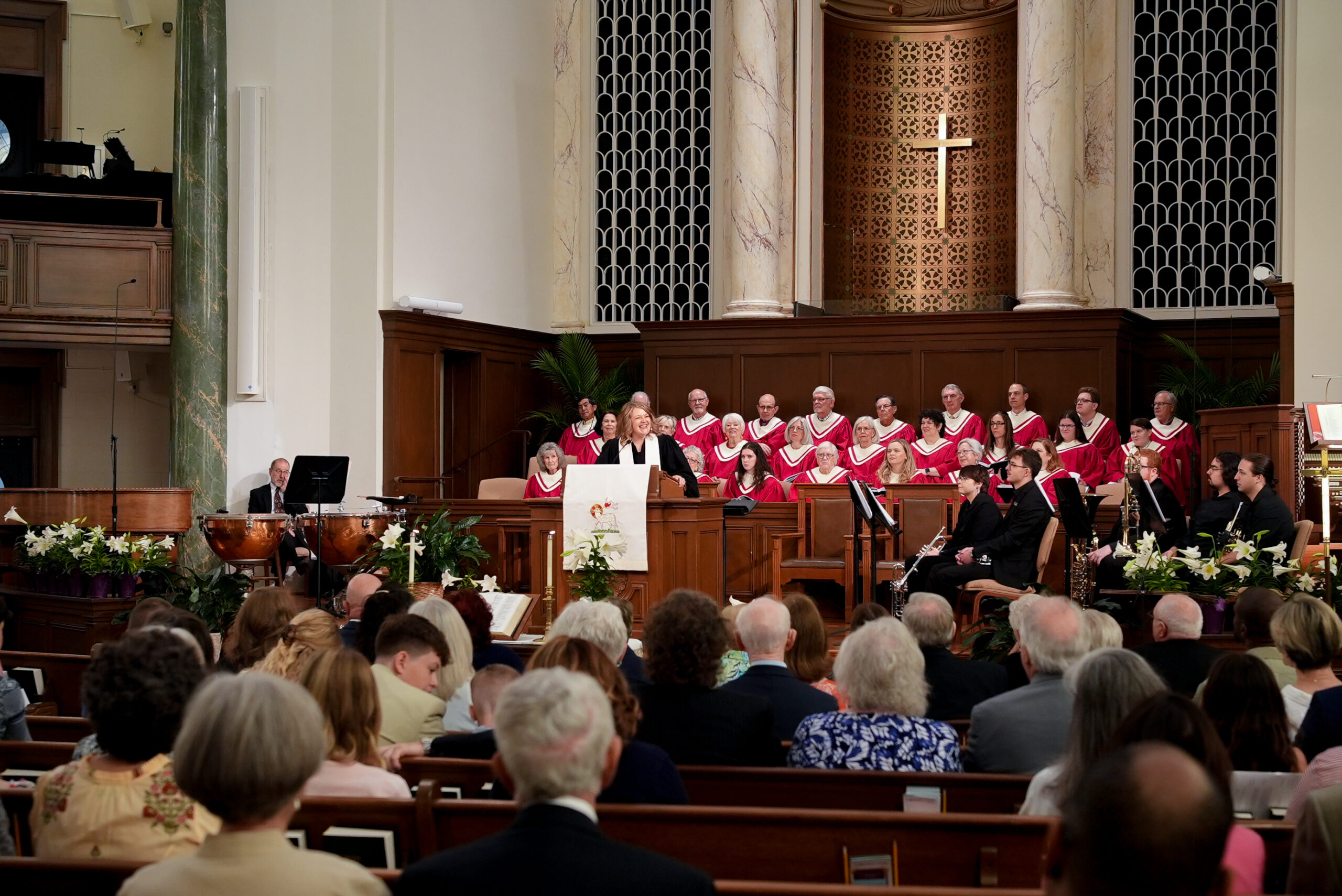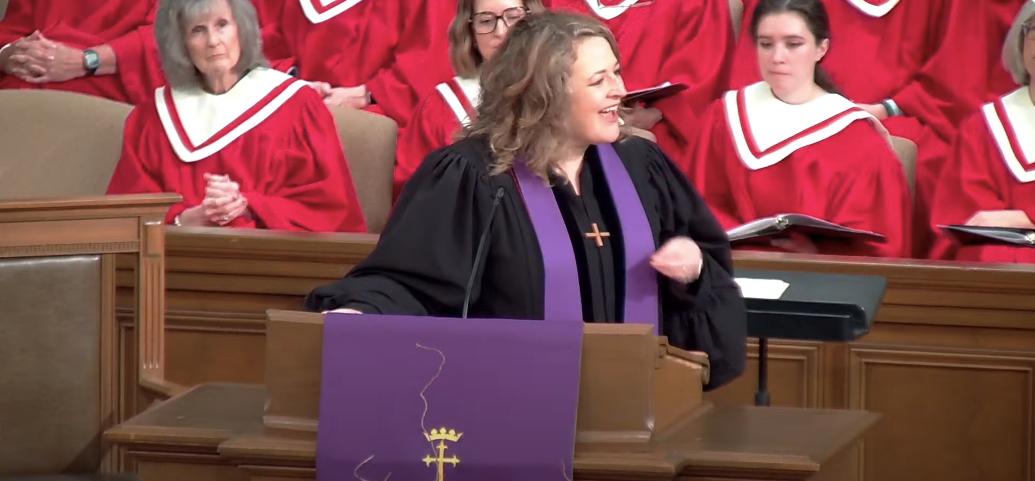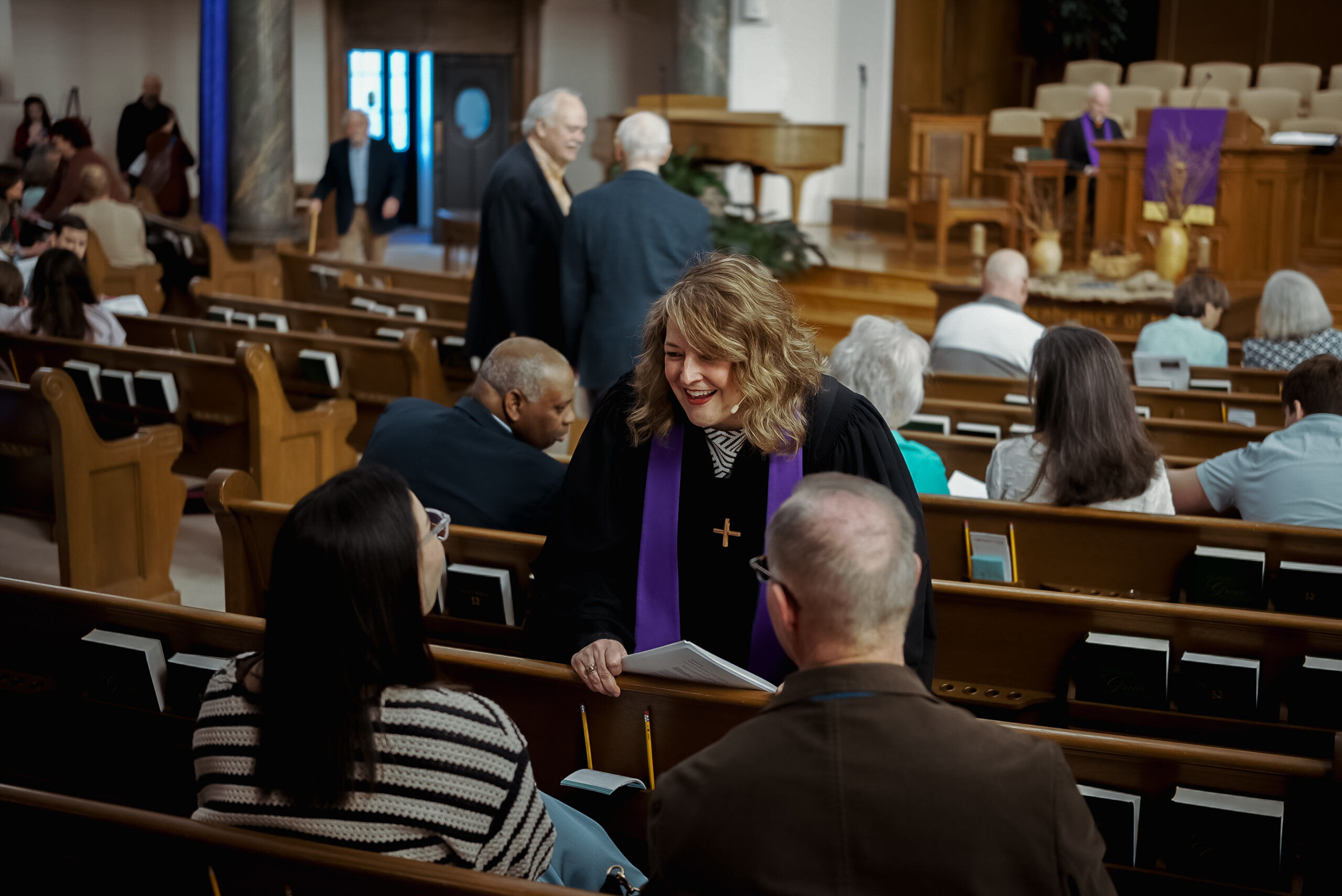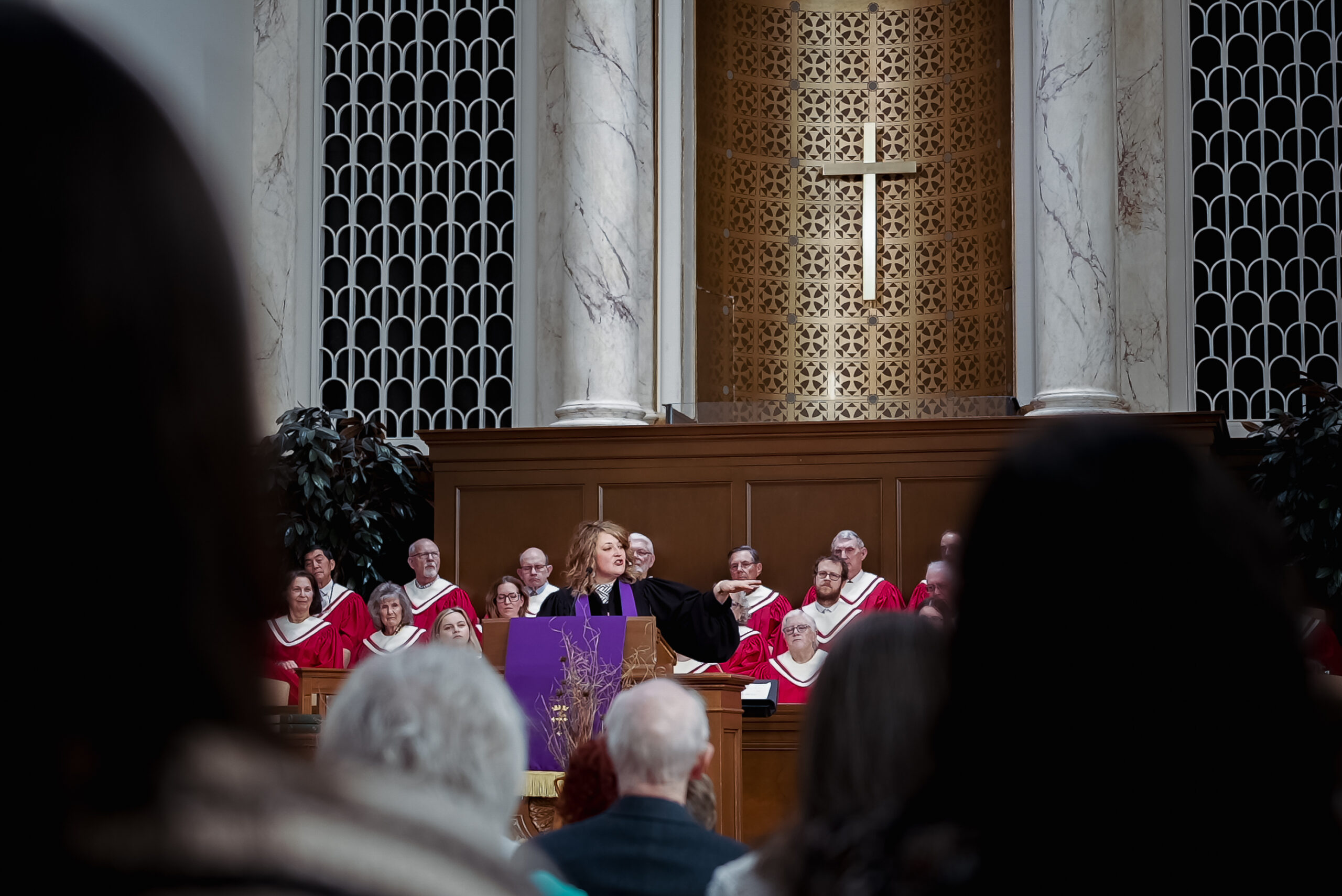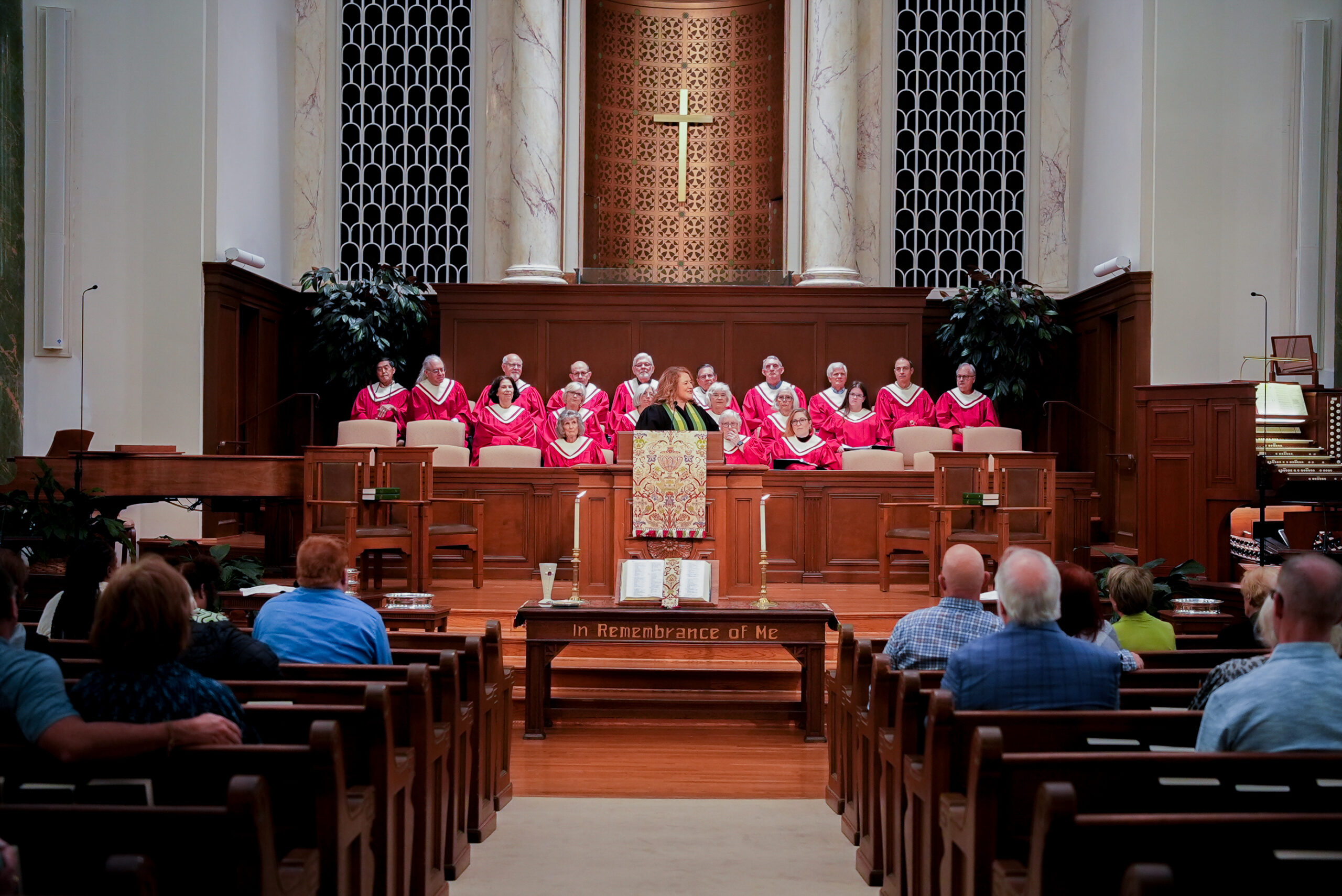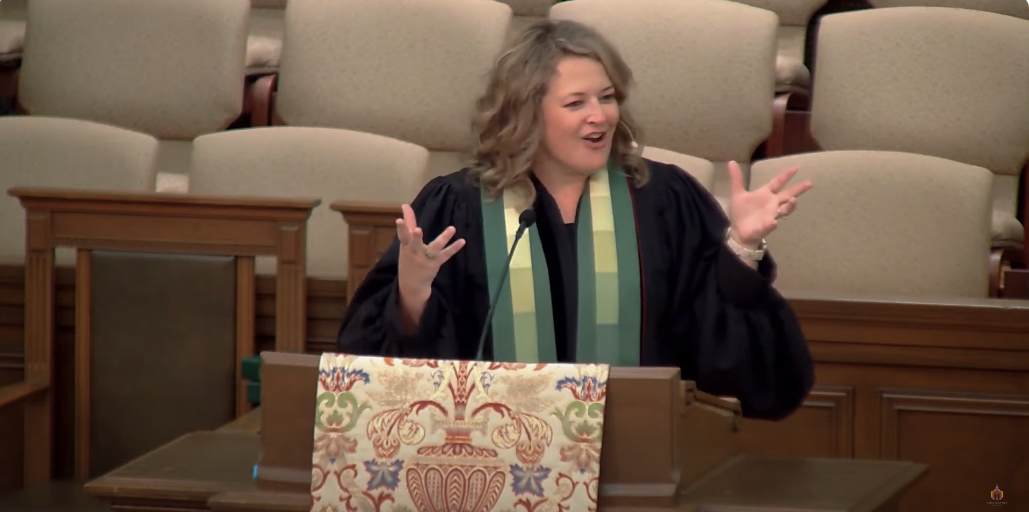I.Let me ask you a question: what’s your archetype?
It was in the early 1900s that Swiss psychiatrist Carl Jung defined archetypes as “ancient patterns of personality that are the shared heritage of the human race.”1 Archetypes are unconscious shortcuts to describe and define ourselves in relation to others. They’re symbolic, You know them, I’m sure. Carl Jung identified twelve: the ruler, the artist, the sage, the innocent, the explorer, the rebel, the hero, the wizard, the jester, the everyman, the lover, the caregiver. If you’re like me, you heard these with a knowing smile. “Ah yes,” you think to yourself. “I know those people. I am these people!” Dissecting these even further is Jean Bolen, who identified the seven feminine archetypes: the Maiden, Mother, Huntress, Mystic, Sage, Queen, and Love.
Or perhaps you step away from heavy psychology and step towards pop culture, and find that Buzzfeed will offer you endless quizzes to help you know “what Game of Thrones character are you?” or “which day of the week best matches your popularity?” You could also open TikTok and take the color personality test to find out which color you are and what that says about you. Or you could come to my dad’s class on the seven deadly sins and decide which sin is your favorite!
You could get philosophical, looking to the stars to find out more about your zodiac sign and the astrological archetypes of being a Leo or a Sagittarius. Or you could pivot toward productivity, and look to popular work-based tests like the Workplace Big 5 or the Myers-Briggs Personality Indicator, starting to define yourself as an ENFJ or learning which supertrait looms largest for you. Or perhaps you could wander into the spiritual realm with the Enneagram and their 1-9 number systems, and start understanding why your colleagues say things to you like “oh, that’s such a 3 thing to do.”
This human hunger to know more about who we are and why we do what we do is timeless, crossing generations and races and backgrounds and cultures and genders and ideologies. Archetypes help politicians define themselves to an electorate. You know exactly who I’m talking about when I describe “the compassionate conservative, or “the skinny kid with big ears and a funny name” or “the scrappy kid from Scranton.” Archetypes prop up such binary labels –“gay” or “straight,” “male” or “female,” “rich” or “poor,” “liberal” or “conservative” – and then give us space from which to redefine ourselves into the vibrant, colorful, fluid in-between. But in the face of so much uncertainty and unknown, “knowing thyself” and being known, as well as finding comforting ways of identifying ourselves in a world so dizzyingly fast and furious, are right at the heart of being human…
… which is precisely the way our modern ears hear the story about the man who had two sons.
II.So reads the heading for this story in my Bible. Perhaps yours calls it “the parable of the lost son,” or “the parable of the prodigal and his brother,” or “the parable of the waiting father.” Or maybe just simply: “a man had two sons.”
That’s how Jesus begins this story he told to the grumbling Pharisees. They were disgruntled, these faithful religious folks. They were complaining amongst themselves in the parking lot after the meeting and saying, “this fellow welcomes sinners and eats with them!”
So Jesus tells three stories, the first two of sheep and coins, lost and found and celebrated. “A man had two sons,” Jesus began — one who insisted on his share of the inheritance, what would have been half of all the father had. That son took it and took off for the distant country, that proverbial land far away to find himself and sow his wild oats. He did it, squandering it all, only to find himself in the muck with the pigs, starving and stricken with need. “He came to himself,” Luke tells us. He came to his senses, we might say, and realized “his pain was creative,” as one author says.2 We don’t precisely know his motivation – perhaps first by hunger, and then forgiveness – the son concludes that he should go home and ask his father to hire him. For even the servants had bread where he only had the slop of the swine.
But while he was still far off, the father who had scanned the horizon every day for his boy, finally saw him! With a leap and a whoop, he hitched up his robe and ran full speed — not caring about those who’d see him and his bare ankles and whisper behind their hands, not aware of all the social conventions he was breaking, or at least didn’t care. He gathered his son in his arms with a kiss, and before the son could get out his rehearsed speech, before he could ask for a job, the father called for a robe of finest quality, a ring that shone, sandals to cover his cracked and dirty feet. “Kill the fatted calf,” he said, “for there is a celebration to be had! This son of mine was dead and is alive again!”
But this parable must be understood in comparing both the father’s responses to each other, right? For a man had two sons, the older of which was in the field, attending dutifully to his responsibilities, fulfilling his obligations, working as he was supposed to do for the father he had never left. Coming in from a long day of work, the older son heard music and merriment, asking one of the slaves to explain what in the world was going on. You could almost see him stiffen in cold anger with the news of his brother’s return. So furious was he that when his father came running to his side – again the father defying the conventions of his role and status in society by pleading with his son to join the feast – the older had nothing to share but bitterness. “I’ve given you everything,” he says. “I’ve worked like you’ve told me to, I’ve done everything right, I’ve never left, and what have you done for me? Then this waste of a child comes home and you do this for him?” With the same grace and scandalous love, the father responds: “all that is mine is yours. Take what you need. But we had to celebrate: for your brother who was dead has come back to life; he was lost and has been found.”
III.This longest parable of Jesus and arguably the best-known is one that can sound in our modern ears like a catalogue of archetypes. Though here we’re not talking in letters or numbers, colors or celebrities, rather something far more fundamental than that: of family and one’s place within it. The lost son, the angry brother, the compassionate father. Perhaps you’ve found meaningful resonance in your life with the archetypes of the story – “I’m such the younger son,” or “I’m always the older brother,” you might say.
I certainly have. It seems that for generations, our family keeps repeating this sibling pattern of the responsible, steadfast elder child who stays and the wandering, reckless younger child who leaves. These patterns are as inherent and defining in our family’s story as just about anything, ones that at best bring lighthearted laughter to our differences.
That is, until there is a breach, a break, a difference so offensive of one or the other’s values that finding affectionate common ground feels impossible. That happened to me years ago. I, the eldest child, whose white-hot rage with my younger brother at an impossible breach smoldered into resentment at my gracious parents. Out in the fields I languished, gladly nursing a grudge and stewing in my righteous indignation. As Frederick Buechner says of anger, I was “lick[ing my] wounds, smack[ing my] lips over grievances long past, roll[ing] over [my] tongue the prospect of bitter confrontations still to come, savor[ing] to the last toothsome morsel both the pain [I was] given and the pain [I was] giving back.”3 Even now, I can look back and defend my position to anyone, anytime. I still think I was right. (I’ll spare you the catalogue of all the reasons why!) But that anger was devouring me. As Buechner said, in this feast of anger fit for a king, “the chief drawback is that what I was wolfing down was myself. The skeleton at the feast was me.”4
Reducing this story of Jesus to an archetype I inhabited as comfortably and statically as a warm blanket was no longer serving me. And what saved me from that consuming anger wasn’t some newfound gratitude for my brother – though I wish I was pious enough to stand here and tell you that happened! Rather I found my way to healing and grace by looking at my brother not through the eyes of a sister, but instead through the eyes of a mother. The archetype, though accurate and true, was no longer enough. It couldn’t contain the multitudes any longer. For me, what was true about the archetype obscured the truth about the gospel. So I sat it down, inhabited the warm, knowing spirit of a mother, and found the tight knot in my chest began to loosen as I looked upon my brother as I might my child.
IV.That experience changed my experience of this story. And today, I wonder if it might serve you to reconsider your place within it too. Perhaps you’re stuck in the loop of a story from your childhood – a story of failure, perhaps, or a story where you were left out or forgotten. Maybe that story stuck with you such that it started inhabiting you, not the other way around. “I’ll always be a failure,” you tell yourself, “or a worrywort, or the crazy one, or the flighty one.” You wonder, “when will I ever stop being so terrified of everything, or so bad with my money, or rude to that one person in my life who brings it out of me every time? When will I get over this heartbreak or that trauma? Why do these types, these stories – why do they stick so much? Why do they have such a grip on my past, that they glom to my present and constrain my future?
Then the shame sets in, right? The shame that tells us our very self is bad, not just our behaviors. The shame that makes us feel unworthy of love, outside of belonging, unable to connect. And these feelings grow like a cancer in the dark corners of our hearts. We don’t want to talk about them, so what we don’t talk about, of course, gains more control over us. Shame thrives on secrecy, silence, and judgment, Brene Brown tells us.5 It makes us feel lost, and in the shadows, we lose our way. But understanding where it comes from – identifying the archetype that is impairing us or the story we need to leave behind – builds resilience, awareness, kindness, connection. Bringing our shame to light helps us to clear it out, to declutter what is getting in the way of our connection to God, to each other, to ourselves.
So I ask you today to consider as I once did of this old, old story: where in the story do you find yourself today? How might that be different from where you’ve found yourself before? Because you’re here on a beautiful Sunday morning, the “elder child” vibes are rather high in here today. We church folk are often the ones who are responsible, faithful, loyal. Yet that’s not your only story. Or perhaps it took every ounce of courage for you to be here today, given all you’ve seen and done. But that’s not your only story either. What new life might you find by considering another?
Where in your life are you like that younger brother: lavish with resources, abundant in risk, honest in failure, knowing where grace can always be found?
Where in your life are you like that older brother: responsible and steadfast, maybe taking stock and keeping score, but in need of an invitation to feast because you didn’t know you’ve had it all along?
Where in your life are you like the mother who we don’t see in the text? We don’t know why she’s not there. She may have died in childbirth; she may not be around. Let’s consider for a minute that she is, and think about who we might imagine her to be. She might be in the home while her husband waits outside, while her younger leaves and her elder is in the fields. But she’s at home, caring for and holding together her dysfunctional family by providing for their most immediate needs for food and shelter and a place. Perhaps she’s talking her spouse through his posture, helping him to see what he cannot yet.
And where in your life are you like the father: full of grace, prodigal in your love, forgiving where it’s not even expected, welcoming the outsider home again?
What does it do to your heart, your spirit, the clutter of your shame, to place yourself in a new spot in this story? I don’t know about you, but perhaps like me, you find your way to a path you’ve not yet seen before. Winding through the fields or from a faraway place, that path takes you back to the place where it all begins. Home by another way, of course. Lost and now found, dead but now alive again, our “wandering hearts bound again to Thee” – home to the loving parent whose grace is prodigal for you, again and again, now and forevermore.
V.In one of Ernest Hemingway’s memorable short stories called The Capital of the World, he tells of a young son, named Paco who desires to become a matador and ran away to the capital to discover himself and flee his father’s control. And then he writes:
“Madrid is full of boys named Paco … and there is a Madrid joke about a father who came to Madrid and inserted an advertisement in the personal columns of El Liberal which said: “Paco, meet me at Hotel Montana at noon Tuesday. All is forgiven, Papa.” The next day, Hemingway said, “a squadron of [the local police] had to be called out to disperse the 800 young men who answered the advertisement.”6 Looking for forgiveness, looking for grace, and finding their way home again.
